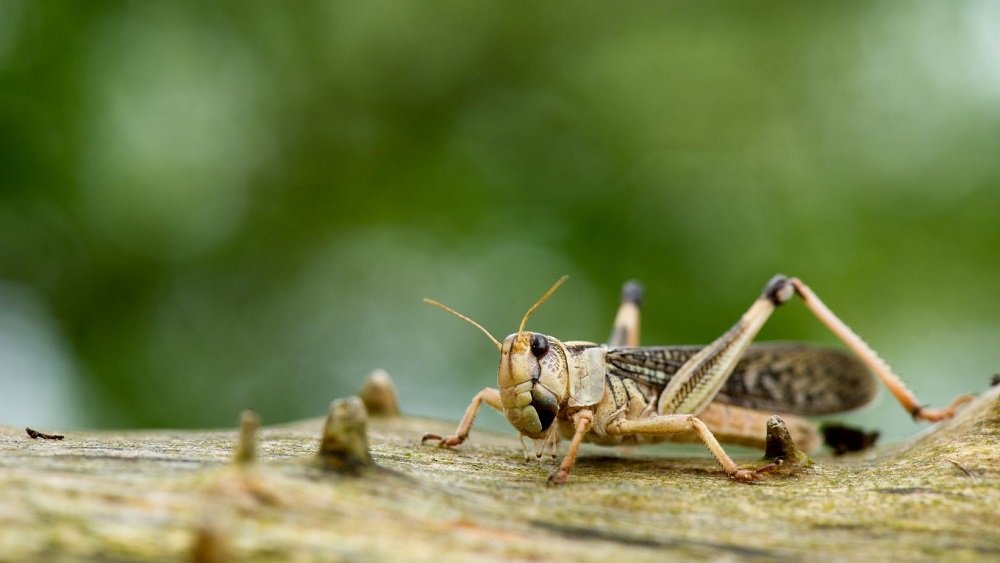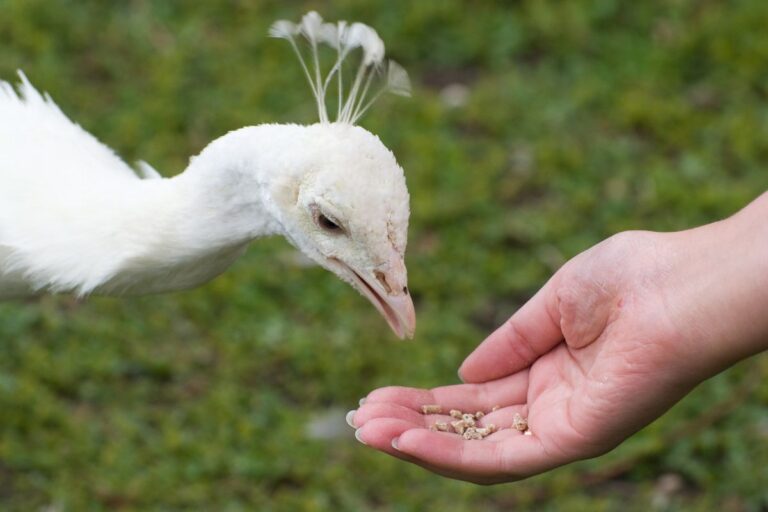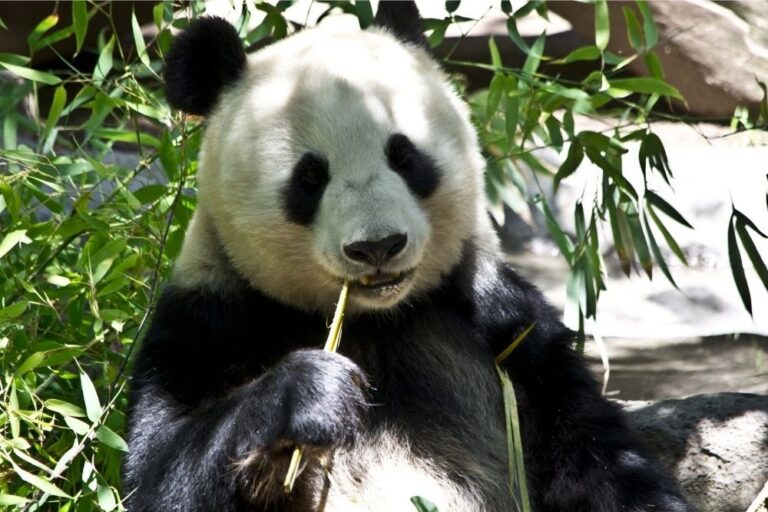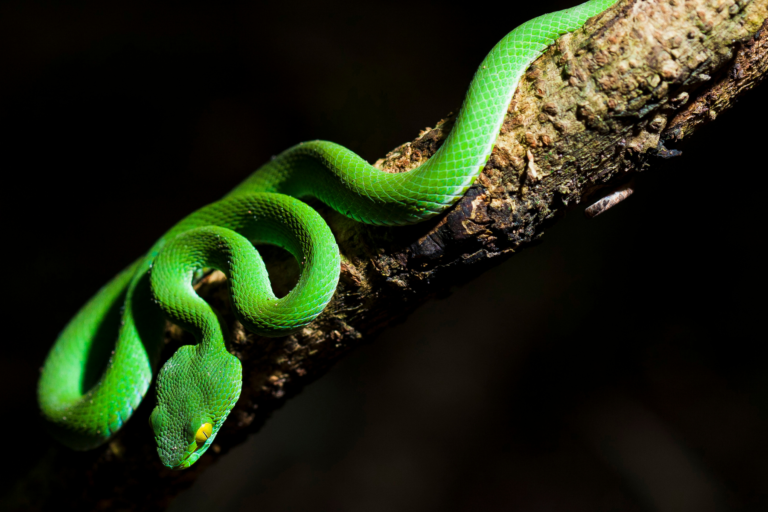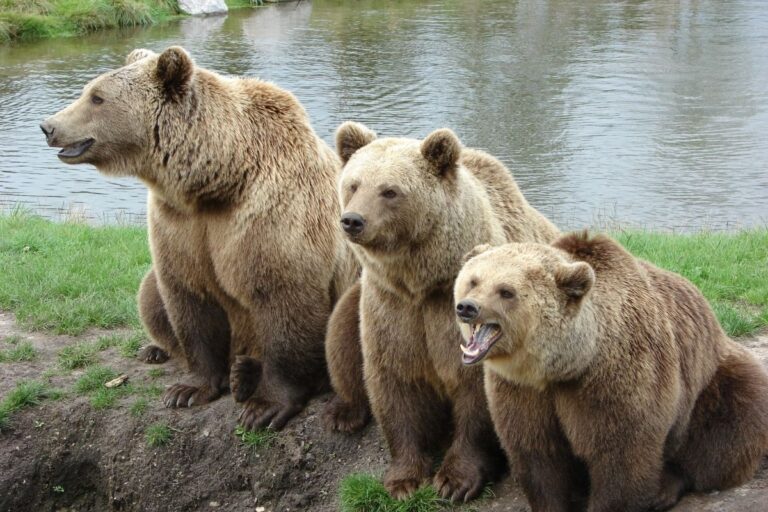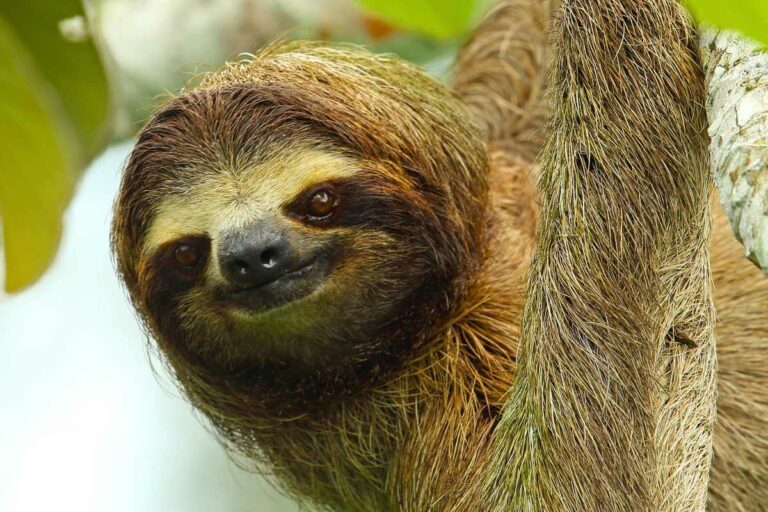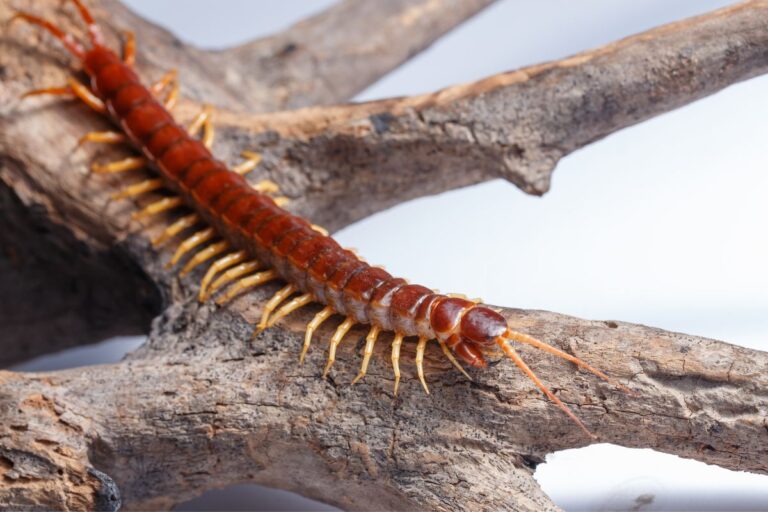What Do Crickets Eat?
Last Updated on November 20, 2021 by
When you’re a cricket, your chances of survival boils down to 2 key things: evading a swarm of predators and locating nutritional meals. But what exactly do crickets eat?
Because most crickets are omnivores, food isn’t tough to obtain for them. Nothing, even including their own family, is off-limits when the opportunities are scarce.
Crickets are members of the Orthoptera group and are directly connected to grasshoppers. Except for Antarctica, these insects can be found practically everywhere on the planet.
Crickets come in a variety of shapes and sizes, each with its own dietary patterns. Most bugs, like us, are omnivores, meaning they consume both meat and plants.
Crickets aren’t fussy eaters and will eat just about anything. These bugs consume food scraps, textiles, draperies, and furnishings in people’s houses. They can devour cardboard, stockpiled grains, oats, and plastic containers since they have natural teeth.
If left uncontrolled, these bugs can consume all of the plants in your yard. Plants including barley, rye, fruit, vegetables, and corn have seeds and stems that the insects can devour. In a single day, they can demolish multiple rows of saplings.
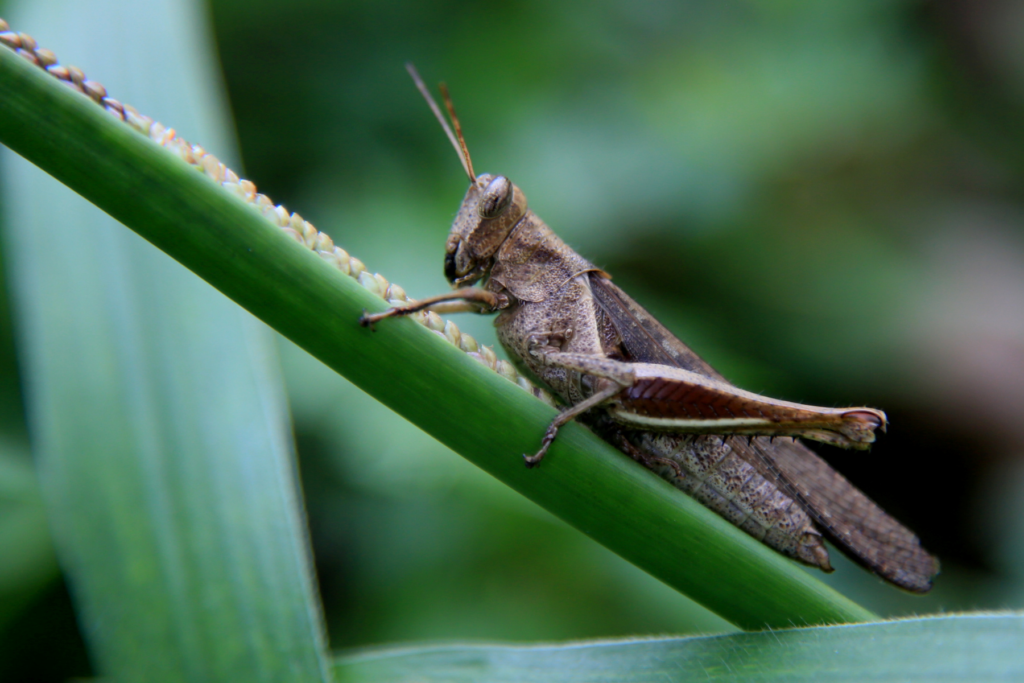
What do crickets eat in the wild?
Fruit
Crickets consume a variety of fruits. Oranges, bananas, and apples are among their favourite fruits. Fruit plant seeds are also enjoyed by these insects. Quite surprisingly, crickets are capable of devouring all of the seeds you’ve put in your lawn.
Some cricket varieties, like field crickets, can cause significant harm to a range of crops. They do, however, help to keep weeds such as ragweed and crabgrass at bay.
Raw Vegetables
Crickets eat a lot of raw vegetables as well. Carrot peelings and tops are suitable for them. Cooked carrots are also a favourite of crickets. In any case, carrots are high in beta-carotene and water, making them a crucial cricket meal.
If you don’t have any carrots, left-over lettuce or salad can be used as cricket feed. Lettuce is abundant in Vitamin A, K, and potassium, all of which are essential nutrients for insect health.
If you have raised crickets, don’t put the left-overs in the garbage the next time you or someone else in your household are struggling to finish their salad; consider feeding it to crickets instead.
Meat Products
Crickets, unlike herbivorous grasshoppers, require protein in their diet to survive. That’s why, in order to meet their dietary needs, they devour other bugs. To achieve their nutritional needs, some crickets also might devour other bugs. If crickets do not consume meat, they will eventually die.
Crickets devour other bugs to meet their protein requirements. Ants, aphids, stick insects, and beetles are among the insects they devour. Crickets also consume meat roast and lean hamburgers. Iron is abundant in the meal, which is an important nutrient for crickets.
They will also gladly munch down on chicken leftovers from the breasts or wings to meet their protein needs.
Cat Food
Crickets will happily eat cat food – in fact, many cricket owners claim that it is one of their favourite meals.
People who keep crickets as companions recommend using a hammer or pestle and mortar to smash cat food into small bits, which they then give to the bugs. This method, of course, only works with dry kibbles, not the wet sachet varieties.
Decaying Matter
Crickets prefer live food, but if they’re starving, they’ll eat rotting plant matter and dead or injured insects. Crickets will devour each other as a last option, but they rarely do so unless they see a companion cricket who is damaged and therefore unable to fight.
Scavengers is a nickname they’ve earned thanks to their feeding habits.
Other Insect’s Food
Many cricket varieties usually kill for their food or snack on any vegetation that they can find, so you probably wouldn’t think of them as food robbers.
However, one variety of cricket is known for stealing food. crickets, according to Animal Planet, hang out in ant colonies, chases ants, and does some groovy dance moves. While the purpose for the actions is uncertain, they cause the ant to drop food, which the cricket gladly accepts.
Wood
Wood is consumed by some crickets, including camel crickets. Chopped wood is not only a favoured hiding area for crickets, but it also provides a tasty meal for them. In addition, crickets devour the tasty fungi that develop on the surface of the wood.
What Do Baby Crickets Eat?
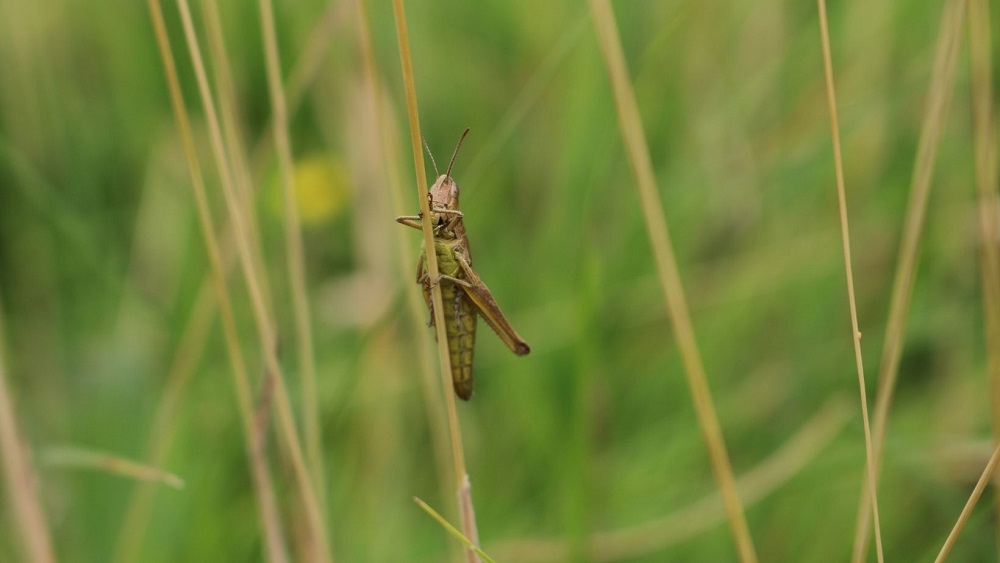
Nymphs are newborn crickets who go through several growth phases known as instars.
Apart from stature and the ovipositor and wings that emerge in the later phases, many instar larvae are unrecognizable from each other. In nature, nymphs like to consume plant stuff more than adults, however all instars have a voracious appetite.
These nymphs will eat anything they can get their hands on in an attempt to acquire sufficient energy to support their growth, and they may be quite harmful to farming systems.
Nymphs will consume pretty much anything that they can find in the home, from linen and synthetic fibers to rubber and cowhide. Although this diet will not keep them alive for very long, a large outbreak can prove to be detrimental.
Some cricket varieties and their offspring will even eat wood. Nymphs will indeed survive on a variety of meals in captivity, and you shouldn’t have to give them anything more than you would adult crickets.
You can buy factory produced and boxed cricket feeds, or you can make your own with a combination of fresh fruit and veg, buckwheat and other grains, and a source of protein such as tropical fish food in the form of flakes.
What Do Field Crickets Eat?
Field crickets eat a wide variety of foods. Vegetation, decomposing debris, and fungi are their main sources of food. If fruit and veggies are present, insects will eat them. A field cricket will devour bugs, dead or alive, if food is short.
This breed of cricket is environmentally friendly. They devour the larvae and eggs of several pests, avoiding crop devastation.
What Do House Crickets Eat?
These insects consume in the same way that field crickets do. These crickets are commonly used as bait by anglers. Rats, lizards, and iguanas are among the home pets fed with them. Crickets are more commonly found near the river or along the coastlines.
The majority of life near rivers is discarded by anglers at the conclusion of the fishing season once they’re no longer required. House crickets, in comparison to camel crickets, cause less damage inside a home. They primarily consume paper, food, and garments.

